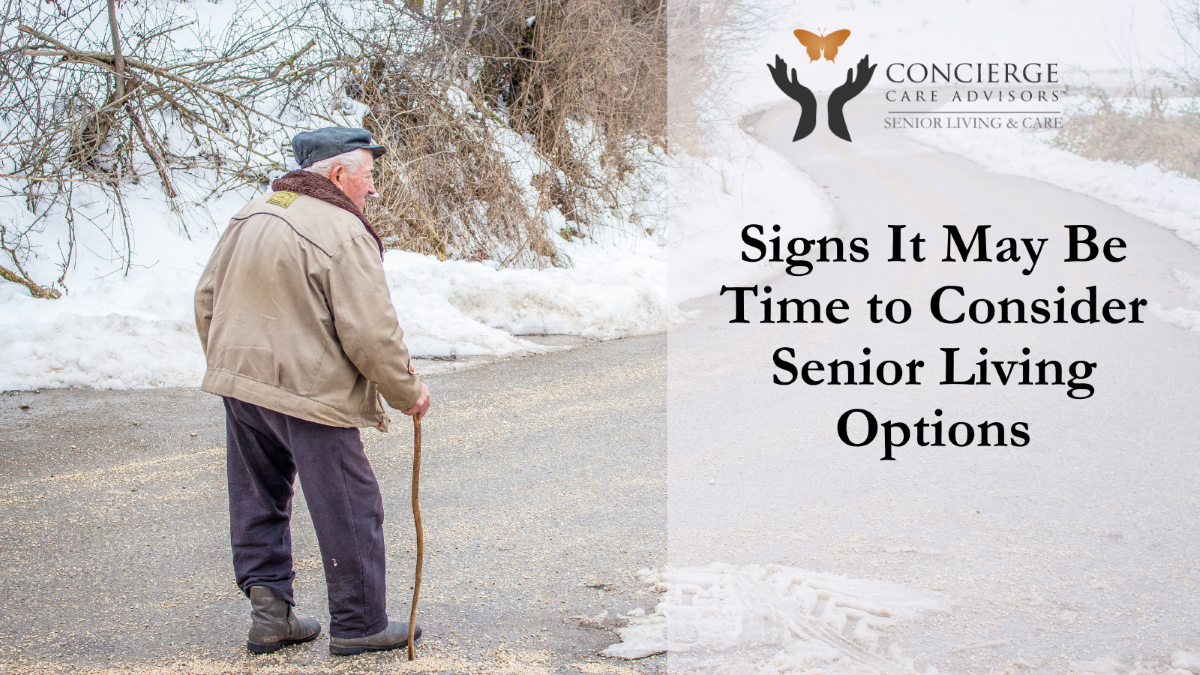The Rise of RoboCare in Senior Care Options
With the aging Baby Boomer generation and a growing shortage of caregivers, the senior care industry is facing unprecedented challenges. Senior housing communities are at capacity, and some have waiting lists over a year long. As families search for alternatives, RoboCare and senior care options have become hot topics in discussions about the future of senior care.
But as we look toward technology to fill gaps in caregiving, a key question emerges:
Can RoboCare Replace Human Senior Care Options?
RoboCare—a term used to describe robotic assistance in caregiving—offers exciting possibilities. From telecommunication tools that connect families to robotic limbs that assist with daily tasks like cooking or shaving, advancements in senior care technology are transforming the way we think about elder care.
Yet, despite these innovations, robots fall short in one critical area: the human touch.
The Human Element in Senior Care Options
When Aristotle said, “man is a social animal,” he highlighted a fundamental truth: humans thrive on social interaction. While senior care technology like RoboCare can assist with tasks, it cannot replicate genuine human connection.
Unlike robots, humans provide emotional support, understanding, and empathy. For example, adult family homes in Washington, a popular senior care option, emphasize one-on-one personalized care. These homes typically accommodate just six residents, ensuring that each individual receives attention and compassion from caregivers.
In contrast, larger facilities like assisted living in Shoreline or nursing homes in Puget Sound often have higher staff-to-resident ratios, which can make it challenging to provide the same level of personal interaction.
The Limitations of RoboCare in Senior Care
While RoboCare can be a useful addition to senior care options, it has limitations:
- Lack of Emotional Connection: Robots, no matter how advanced, cannot replicate the emotional response humans share with each other—or even with animals.
- Risk of Isolation: Relying on RoboCare could lead to increased feelings of loneliness and depression in seniors, as they miss out on meaningful human interaction.
- Mass-Produced Care: The routine nature of robotic caregiving risks turning care into a mechanical process, stripping away the individuality that seniors deserve.
These limitations highlight the irreplaceable value of human caregivers in the future of senior care.
The Role of RoboCare in the Future of Senior Care
While robots cannot replace human caregiving, they can complement it. RoboCare can assist with tasks like medication management, meal preparation, and mobility support, allowing human caregivers to focus on emotional and social needs.
This hybrid approach is especially beneficial in settings like assisted living in Federal Way, WA, where staff members are often stretched thin. By leveraging senior care technology, caregivers can enhance efficiency without sacrificing the personal touch.
Choosing the Right Senior Care Options
As families explore senior care options in Washington, it’s essential to prioritize environments that combine personalized care with innovative technology. Adult family homes, for example, balance the benefits of RoboCare with the irreplaceable value of human connection.
When deciding on care for a loved one, consider factors like:
- Staff-to-resident ratio
- Availability of personalized care
- Integration of senior care technology
- Emotional and social support
Final Thoughts on RoboCare and Senior Care Options
While RoboCare and senior care options represent an exciting evolution in the future of senior care, they cannot replace the human touch. Emotional support, empathy, and genuine connection are at the heart of quality caregiving.
At Concierge Care Advisors, we specialize in helping families navigate senior care options, from assisted living in Kent to adult family homes in Washington. Contact us today to explore personalized solutions that combine the best of innovation and compassion.
























